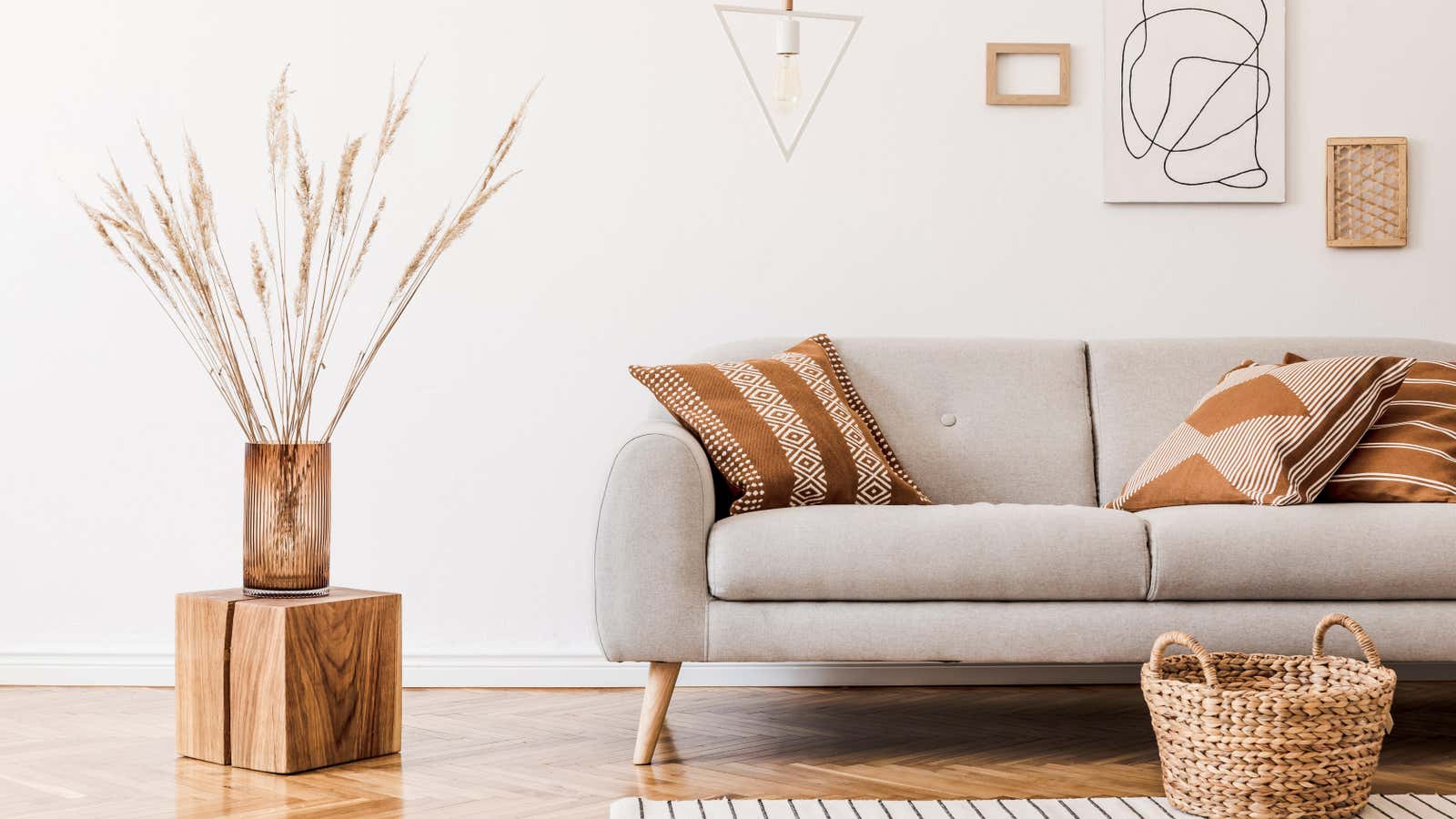How to Embrace Minimalist Decor When You’re Not a Minimalist

Minimalism is a lifestyle that embodies the phrase “less is more.” Minimalist Vegan creator Michael Ofey explains it as “the process of identifying what’s important in your life and having the courage to eliminate everything else.” Thus, you only live what you need and nothing more. The driving force behind minimalism is the idea that our current lifestyle is filled with so many things, while appreciating things overshadows what really matters.
This idea has received a lot of attention in books and documentaries , prompting people to give up their possessions and move towards more minimalistic lifestyles. While the lifestyle itself is gaining momentum, it actually has its origins in the world of architecture and design . Minimalist décor is different from full-fledged minimalist lifestyles, and they can exist separately from each other. In other words, your home can look minimalist without getting rid of unnecessary things. Here’s how.
What is minimalistic decor?
With minimalist décor downsizing concept is still relevant, but it is more focused on the appearance of the house, than how you live in it or on the number of things that you own. The appearance is simple and clean, with neutral tones, without unnecessary clutter and other distractions.
As designer Robert Brown told Elle Decor : “In the dining room you need a table and chairs. These parts have to interact with each other and relate to things like line, color, mass, etc. They have to work well together in their basic form. ” The decor of a room should, above all, support the most important part of the home – the people who inhabit it. Clean lines, muted colors, and minimalist décor bring out the focus of the room rather than specific objects in the space.
How to achieve a minimalist aesthetic
You will want to start from scratch, removing everything (yes, everything) from the room and adding back only the most important parts. Home decor site Livspace emphasizes the importance of white space – just because there is room on a shelf doesn’t mean you need to fill it; instead, find a little focal point you like that will be the furniture accent. Light, bright and airy are the keywords to keep in mind. Let in as much light as possible with transparent window openings (or perhaps even no curtains).
Then evaluate the function of the room. If you want a comfortable living area, you will need a plush sofa and accent chairs. Make sure you stick to a muted color scheme for your larger pieces. In general, if you have generally muted tones and clean lines, you can use smaller color or accent elements to add character to the room. Use different textures, vibrant colors, and intricate patterns sparingly (don’t overload the space with diamond pillows or all turquoise), remembering that each piece should complement the rest of the room. This is where minimalism and minimalist deco g are part of the way; you probably don’t need that extra throw pillows, but if it only adds just the right amount of pop to your room needs, go for it.
Flat surfaces also play a key role in minimalistic décor, and fittings and additional finishes are not necessarily important. For example, you might have handleless cabinets and matching, clutter-free open countertops. Flat surfaces and straight edges limit eye distractions while all your belongings are hidden. Adopting minimalist décor is less about getting rid of unnecessary items, but more purposefully using the items you buy and the overall function of your space.